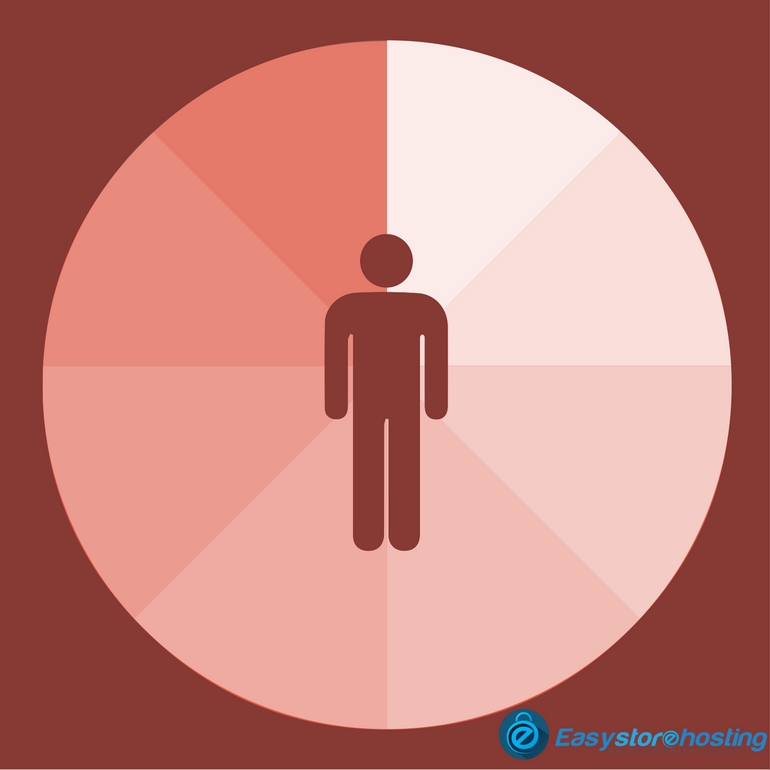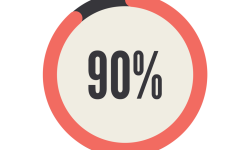The best and cheapest ways to improve user experiences
When we say operating smart devices is a child’s play, we really mean it. Haven’t you seen any kid down the block operating the smartphones like a breeze, who taught them? It’s not like they get classes for this, neither are there any user manuals, which they read. How many times have you opened a box of a new mobile device and read the user manual to learn how to use it. People are not reading user manuals for smartphones or for using google, facebook, Instagram, but why and how?
This is where UX (user experience steps in) these sites follow this simple rule, they make the user experience as smooth as they can. It is of high importance to make the user experience very simple and effortless!
Now that the importance of user experience is known, it is important to understand and implement ways to improve user experience, whether you own an ecommerce website, any application, blogging websites or photo sharing websites every sort of website needs a good User experience/User interface, let’s look at the ways we can do it:
-
Cross-linking in any application and website
Cross-linking is basically when you put the link of site A in site B or vice versa, it can be a related site or it can be used to help users by pointing them to a site that might be of use to them. Cross-linking of two sites together is an amazing way to offer the user multiple options and enhance their experience. Getting smart while implementing cross-linking is important, following the basic guidelines and instructions and there will be no issues with either your human visitor or the search engines. Also, we have to be aware that over cross-linking sites can cause a penalty.
-
Hyperlinks where necessary
Hyperlinks can also be explained as the path for movement from one web page to another or from one file to another. They are of two types: (1) Internal Hyperlinks (2) External Hyperlinks
- Internal Hyperlinks are also called bookmarks; it lets your audience move easily within the web page. It’s simple internal links point to other pages on your website or application.
- External Hyperlinks are the ones that point to another website. Internet audience seeks help from search engines in order to find desired information and the websites which would carry the information they require. Search engines display various relevant sites which can provide them with the information they are looking for. If websites were not linked with search engines through a hyperlink, it would be hard for your website to be found and attract traffic. For example:
- Your domain: example.com
- Internal Hyperlinks: example.com/category
- External Hyperlinks: sample.com
-
Right placing and usage of buttons
It’s important to place buttons in a good order, label them, strategically place them where they are easy to find and making the most important button the most visible and stand out. Generally, on a Web page, it’s about having knowledge of what catches your users’ attention and inspires them to take action. Depending on the type of your website and the traffic it gets, you have to decide which text or image inspires the call to action and put the right button right there.
-
Proper naming
It’s important to label the button according to what they do, clearly explaining what each button does and letting the users know what will happen once they press it is a requirement, this will help users not to find them in any unwelcome situation.
User Experiences can greatly impact the traffic on your website, it is important for your team to put an effort to gain the understanding of what your visitors want and how it can get easier for your users to have a smoother experience. And your website and enjoy a long-term competitive advantage by implementing ways to improve user experiences.





